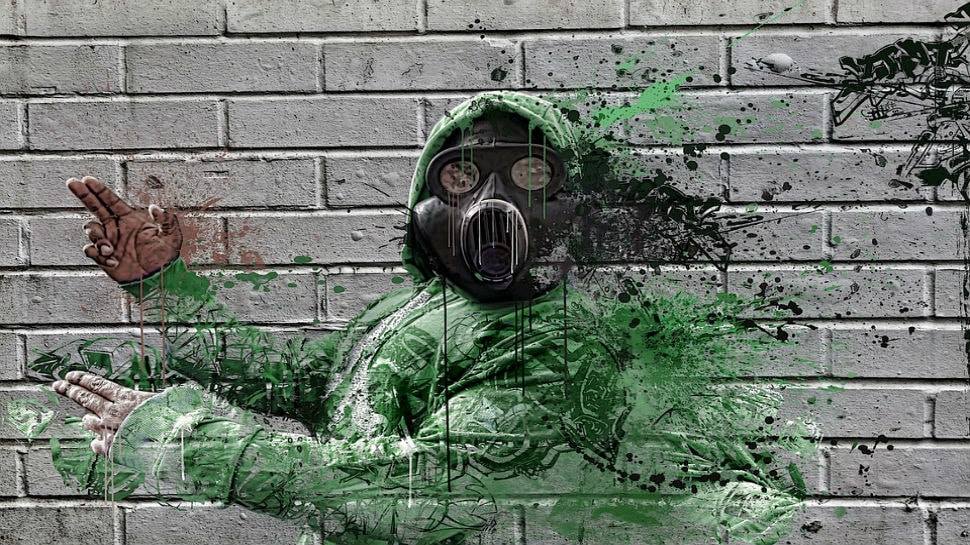
New Delhi, 19 March : Delhi world’s most polluted capital city again, India has third worst air quality out of 134 countries according to report. According to the World Air Quality Report 2023, compiled by the Swiss organization IQAir, India ranks third in terms of the worst air quality among 134 countries, with an average annual PM2.5 concentration of 54.4 micrograms per cubic meter. This distressing revelation places India behind only Bangladesh (79.9 micrograms per cubic meter) and Pakistan (73.7 micrograms per cubic meter) in terms of air pollution levels.
Bihar’s Begusarai has emerged as the most polluted metropolitan area globally, while Delhi retains its notorious position as the capital city with the poorest air quality, as per the latest findings of a comprehensive report.
The city of Begusarai has particularly alarming statistics, boasting an average PM2.5 concentration of 118.9 micrograms per cubic meter, thus securing its position as the most polluted metropolitan area worldwide. Remarkably, Begusarai was not even on the radar in the 2022 rankings, underscoring the rapid deterioration of air quality in the region.
Meanwhile, Delhi continues to grapple with escalating pollution levels, with PM2.5 levels rising from 89.1 micrograms per cubic meter in 2022 to 92.7 micrograms per cubic meter in 2023. This persistent trend solidifies Delhi’s reputation as the most polluted capital city globally, a designation it has held for four consecutive years since 2018.
The repercussions of India’s dire air quality extend far beyond these two prominent locations. Shockingly, an estimated 1.36 billion people in India endure PM2.5 concentrations surpassing the World Health Organization’s recommended annual guideline level of 5 micrograms per cubic meter. Even more concerning is the fact that 1.33 billion individuals, constituting 96 percent of the Indian population, are exposed to PM2.5 levels exceeding the WHO annual guideline by over seven times. This alarming scenario is further reflected in city-level data, with over 66 percent of the country’s cities reporting annual averages exceeding 35 micrograms per cubic meter.
The data utilized for this comprehensive report was meticulously aggregated from a diverse array of sources, including more than 30,000 regulatory air quality monitoring stations and low-cost air quality sensors operated by various entities such as research institutions, governmental bodies, universities, NGOs, private companies, and citizen scientists.
The expansion of the report’s scope is indicative of the growing global concern regarding air pollution. In 2022, data from 7,323 locations across 131 countries, regions, and territories were incorporated. This expanded significantly in 2023, encompassing data from 7,812 locations spanning 134 countries, regions, and territories.
The ramifications of air pollution are profound and widespread, constituting the most significant environmental threat to human health globally. According to the World Health Organization, air pollution is responsible for an estimated seven million premature deaths annually, equating to approximately one in every nine deaths worldwide.
Exposure to PM2.5 air pollution is associated with a plethora of health issues, including asthma, cancer, stroke, and various respiratory ailments. Furthermore, elevated levels of fine particles can impair cognitive development in children, exacerbate mental health conditions, and exacerbate existing illnesses such as diabetes.





